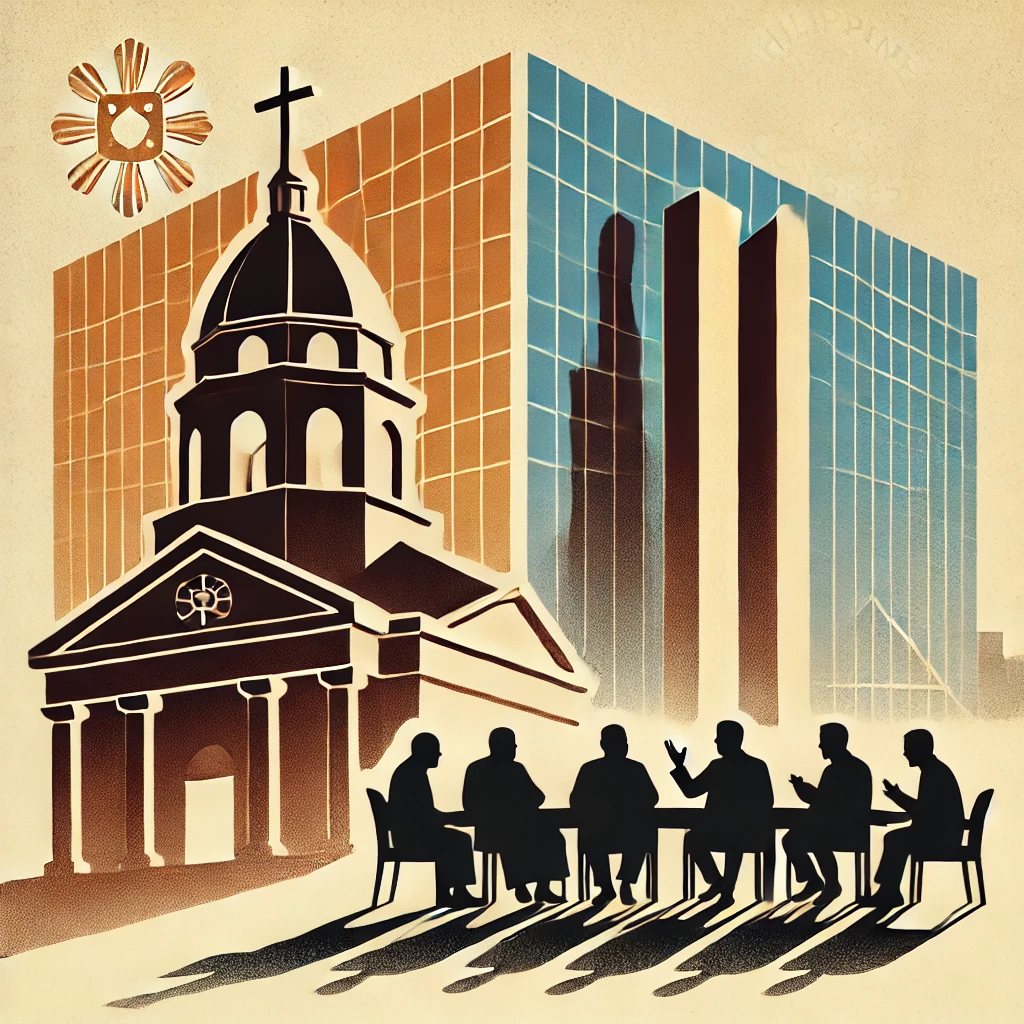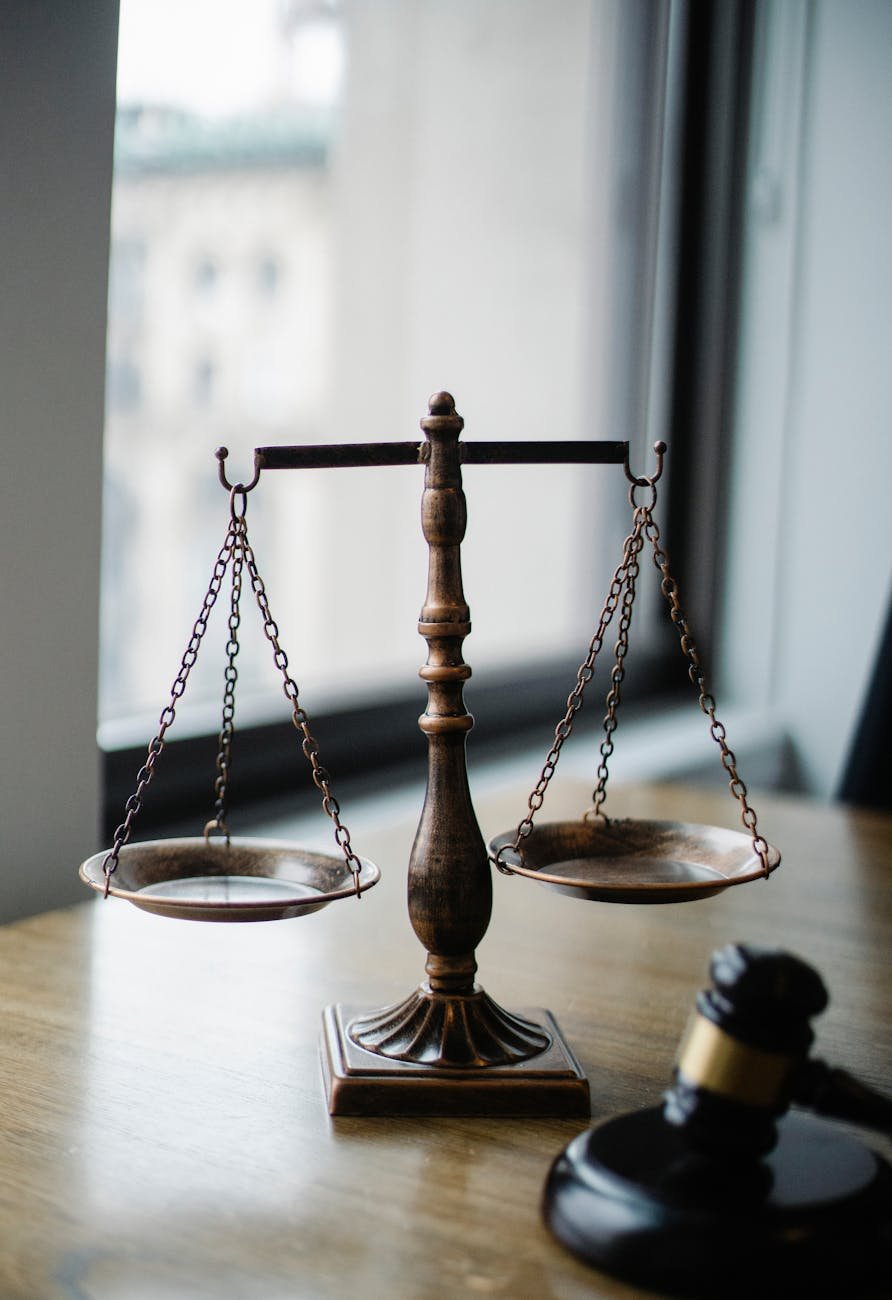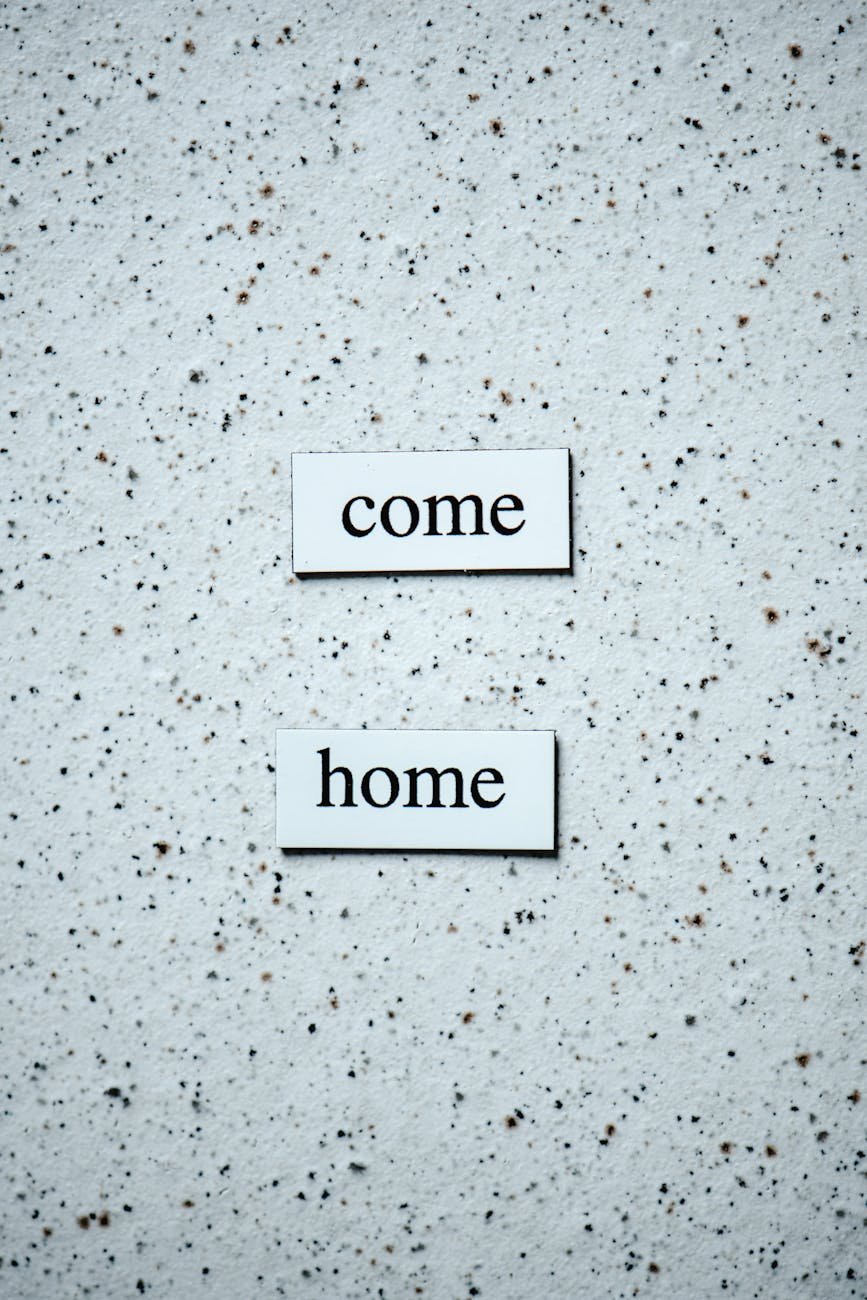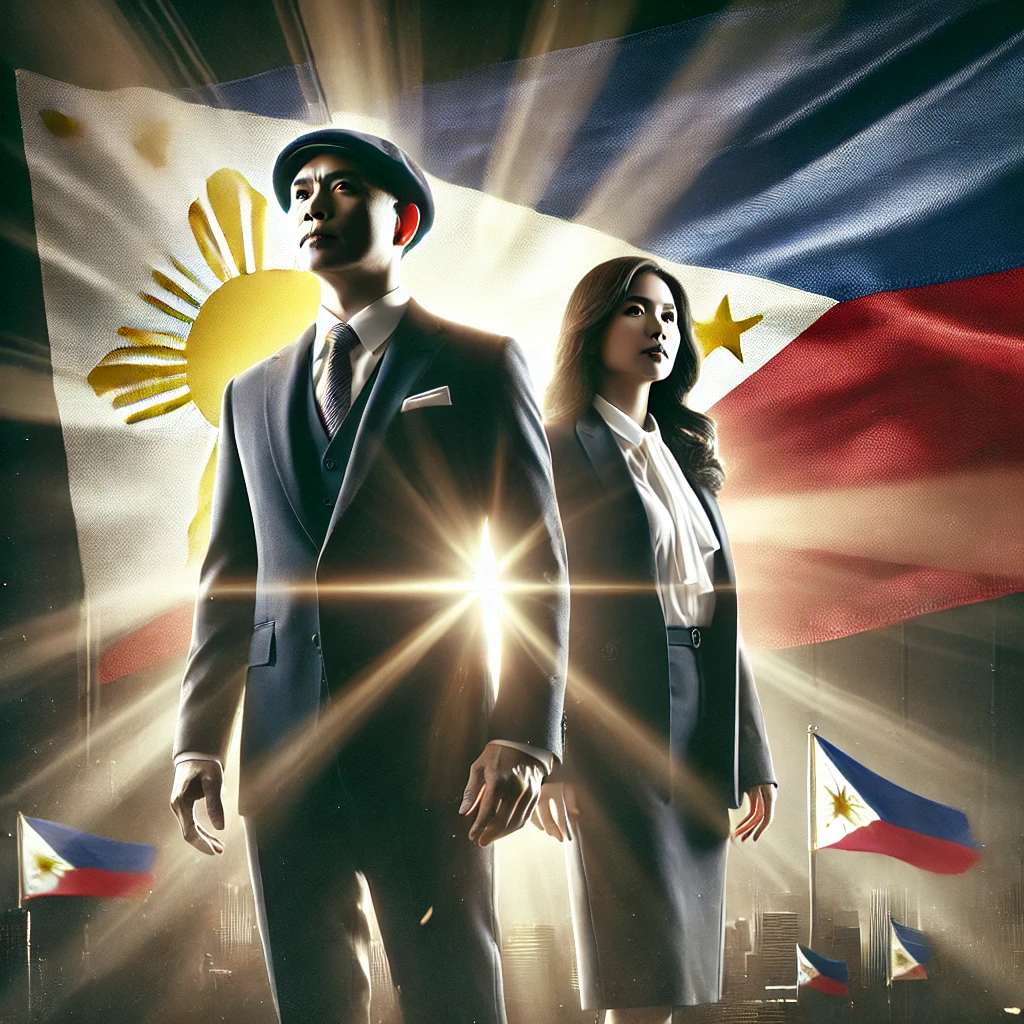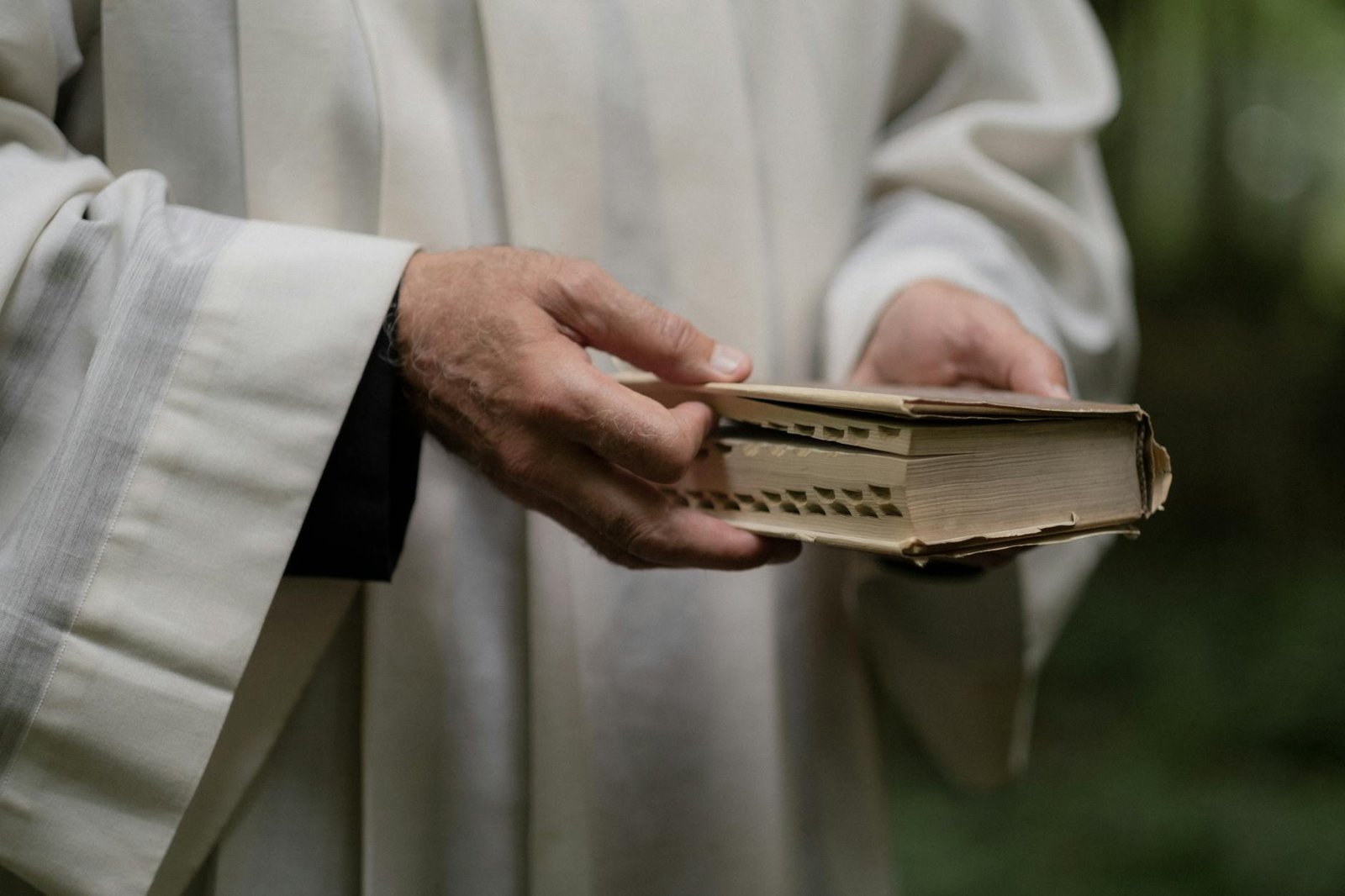The beautiful island of Mindanao (Philippines) is not only home to stunning landscapes and diverse cultures, but also a rich blend of religious practices. With a population of around 26 million people composed of Christians, Muslims, and indigenous peoples, Mindanao is a vibrant mosaic of faith and tradition.
Mindanao: Geographical and Economic Landscape
Mindanao is situated in the southern reaches of the Philippines and stands as a pivotal island in the nation’s geographical and economic landscape. As the second-largest island in the Philippines after Luzon, Mindanao is integral to the country’s overall composition. It forms a vital component of the broader island group that bears the same name and is an essential part of the Sulu archipelago, contributing to the country’s rich cultural and geographical diversity.
However, what truly sets Mindanao apart is its role as an economic powerhouse within the Philippines. Often referred to as the “breadbasket of the country,” Mindanao is the primary source of a significant portion of the agricultural commodities that the Philippines both produces and exports. Its fertile lands and favorable climate conditions make it an agricultural hub, producing crops such as rice, corn, coconut, and bananas, among others. The island’s agricultural output not only sustains the local population but also significantly contributes to the nation’s economy, reinforcing its position as a vital economic center.
The economic significance of Mindanao extends beyond agriculture, as the island also boasts abundant natural resources, including minerals and fisheries. These resources play a critical role in supporting various industries, such as mining and aquaculture, further bolstering the island’s economic prowess.
In addition, Mindanao’s strategic location in Southeast Asia positions it as a potential gateway for trade and commerce, fostering economic connections with neighboring countries. Despite its economic importance, Mindanao has faced various challenges, including periodic conflicts and social issues. Nevertheless, the island continues to play an indispensable role in the Philippines’ economic development, making it a region of immense importance and potential for the nation as a whole.
Grand Festivals in Mindanao
Each principal city/municipality in Mindanao celebrates its grandest festival. Vibrant colors, graceful moves, and lively and happy faces show the beauty and harmony of religious practices and cultural heritage. Here is the list of the festivals you can visit in Mindanao.
| MONTH | DATE | FESTIVAL | PLACE |
| JANUARY | 10 | Hinugyaw Festival | Koronadal City |
| FEBRUARY | – 22 | Sibug-Sibug Festival Kariyala Festival | Zamboanga Sibugay Wao, Lanao del Sur |
| MARCH | Kaamulan Festival | Malaybalay City | |
| APRIL | – | Kalilang sa Ranao Hari Raya Puasa | Marawi City The Muslim community |
| MAY | |||
| JUNE | 12-17 15-19 19 19-21 19-22 24 24-28 27 – 28-29 26-27 | Naligayan Festival Pujada Bay Festival Adlaw nan Surigao Magdiwata Festival Dapitan’s Charter San Juan Hibok-Hibok Kaliguan Festival Taephag Festival Sirong Festival Sirong-Sirong Festival Lami-Lamihan Festival | Prosperidad, Agusan del Sur Mati City Surigao Provinces San Francisco, Agusan del Sur Dapitan City Camiguin Cagwait, Surigao del Sur Tagbina, Surigao del Sur Cantilan, Surigao del Norte Cagdianao, Surigao del Norte Lamitan City |
| JULY | – 4 8 16 16 11-18 – 25 11-25 27 – | Sagayan Festival Alegria de Isabela Subayan keg Subanen Festival Pahinungod Festival Tnalak Festival Mango Festival Kadagatan Festival Kinabayo Festival Kaliga Festival Abayan Festival | Tubod, Lanao del Norte Isabela, Basilan Ozamiz City Carrascal, Surigao del Sur South Cotabato Carmen, Agusan del Norte Cortes, Surigao del Sur Dapitan Gingoog City Butuan City |
| AUGUST | Kagay-an Festival | Cagayan de Oro | |
| SEPTEMBER | 5 9 – | Tuna Festival Bonok-Bonok Festival Diyandi Festival | General Santos City Surigao City Iligan City |
| OCTOBER | 12 23-29 | Hermosa Festival Lanzones Festival | Zamboanga City Camiguin |
| NOVEMBER | 7 14-22 24-26 | Sheik Karimul Mahkdum Festival Kalimudan Festival Munato Festival | Simunul, Tawi-Tawi Sultan Kudarat Sarangani |
| DECEMBER | 19 19 | Shariff Kabunsuan Festival Meguyaya Festival | Cotabato City Upi, Maguindanao |
Prominent Religious Celebrations
One of the most prominent religions in Mindanao is Islam, particularly in the western and southern parts of the island. The Muslim community, known as the Moro people, practices their faith with devotion and reverence. Mosques can be found in various cities and towns, serving as places of worship and centers of community life.
One of the most important religious events in the Muslim communities in Mindanao (also a worldwide celebration) is the Eid al-Fitr, also known as Hari Raya Puasa. This festival marks the end of Ramadan, the holy month of fasting for Muslims. Families gather to pray together, exchange gifts, and share festive meals. It is a time of joy and gratitude, as well as an opportunity for the Muslim community to strengthen their bonds of faith and camaraderie.
Christianity also plays a significant role in the religious landscape of Mindanao. The majority of Christians in the region are Roman Catholics, with a number of Protestant denominations also present. Churches of various architectural styles can be found throughout Mindanao, showcasing the blend of indigenous and Spanish influences.
One of Mindanao’s most iconic religious sites is the Shrine of the Holy Infant Jesus of Prague in Davao City. This revered statue of the Child Jesus attracts pilgrims from all over the country, who come to seek blessings and offer prayers. The annual feast day celebration in January is a grand event, filled with processions, Masses, and cultural performances.
Aside from Islam and Christianity, Mindanao is also home to various indigenous religious practices. Indigenous peoples, such as the Lumad, maintain their ancestral beliefs and rituals. These practices are deeply rooted in their connection to the land and nature, with ceremonies and offerings held to honor their ancestral spirits and seek guidance for their communities.
One notable indigenous religious practice in Mindanao is the Panalipdan Festival of the Manobo tribe in Davao del Norte. This festival showcases their traditional dances, music, and rituals, which are performed to express gratitude for bountiful harvests and to ask for protection and prosperity for the tribe.
The protestant Christians in Mindanao are also distinctive in their celebration of faith such as the adaptation of Jesus Reigns and the Festival of Faith. The active participation of the different Protestant denominations in community building is empowered through ecumenical movements.
Mindanao Awaits your Visit
Mindanao has already outgrown its stereotype image propagated in the media. It is a land of peace and kind-hearted people. Religious in their perspectives and humane in action. Gone are the days of war, divisiveness, and exclusivity. It is now a place prepared for appreciation of natural beauty. There is, in context, a diversity of religious practices and cultures. But harmony is stapled within its cultural diversity. Despite their differences, the people of Mindanao embrace their respective faiths and celebrate their religious traditions with mutual respect and understanding.
Mindanao awaits your visit. The scenic views will captivate your heart to love Mindanao – the promised land.

